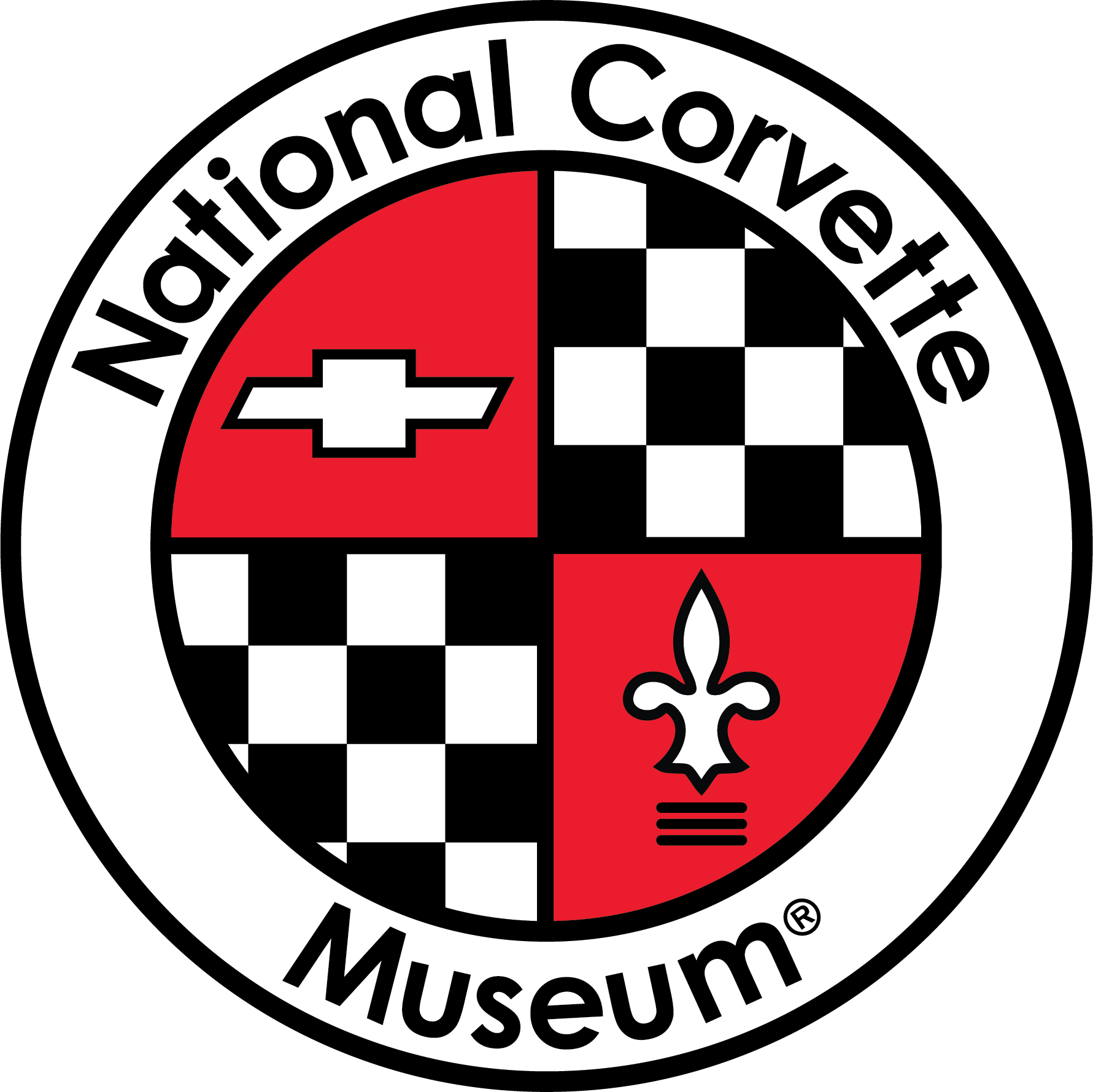New Grace And Elegance Silhouette America’s Sports Car
In 1963 Corvette stepped out with a new and exhilarating look, the Corvette Stingray. Two sparkling new models, both positioning the way to a classic new concept in American sports car design, were introduced this year. The Corvette newcomer, the Stingray, the exciting Sports Coupe, boasted graceful body panels and compound-curved side windows that emphasize the miles-ahead aerodynamic design. Power-operated retractable headlamps rotate out of sight to blend into the unobstructed hood line. Doors extend upward into the roof, adding armchair ease and comfort to sliding in and out. The Corvette Stingray Sports Coupe is taut, fresh, and clean in every detail. The convertible is jauntier than ever in the ’63 vette. Uncluttered lines accented front and rear by trim wrap-around bumpers. The subtle contour of the smoothly molded rear deck, a gleaming aluminium grille, retractable headlamps, and a sweeping hood-length wind split, add to the the appeal of this bold new Corvette.
More than ever, a polished performer on the open road
The real driving fun of a Corvette begins with imaginative engineering. Beneath those trim lines, Corvette is sporting engineering features that just plain add ginger to any driving. Take the chassis for example, Corvette’s new frame is stronger and more rigid than in models of the past. The new four wheel independent suspension irons out even the rutted trails, keeps handling steady, and maintenance is easier too with a battery saving Delcotron generator, extended-life exhaust system, and hydraulic self-adjusting breaks. Other ’63 innovations include Ball-Race steering and an adjustable steering column and wider wheel rims. Overall, the new Corvette’s weight is distributed in a different way. More than half the weight now rests on the rear wheels- a first among modern American front-engine cars. That means hare-quick maneuverability when turning and cornering, plus improved traction. The center of gravity was dropped over 2 inches by using a ladder type frame instead of the X-frame that had been used previously. This new frame allowed passengers to sit inside of the frame instead of on top of it. The frame utilizes a ladder with 5 cross-members, and it is approximately 4 inches shorter than the 1962 frame.
Power Teams Tailor-Made For Sports Car Fun
In 1963 each of the four versions of the big V8 had head space 327-cubic-inch displacement, 4″ bore and 3.25″ stroke. The 250-hp standard engine features a single 4-barrel carb, 10.5:1 compression ratio, hydraulic valve lifters and new dual exhaust system. The 300-hp power plant adds a large aluminum 4-barrel carburetor and larger intake valves. Both the 340- and 360-hp engines have cylinder heads with large ports, domed aluminum pistons, 11.25:1 compression, high-speed valve systems with specifically finished exhaust valves, mechanical valve lifters, ribbed aluminum rocker covers, special camshafts and 5-quart oil capacity (4-quart capacity on 250- and 300-hp engines). The 360-hp Fuel Injection engine provides a larger volume aluminum manifold with improved ram pipes and warning buzzer for the tach.
The standard transmission is 3-Speed Synchro-Mesh. Ratios: 2.47:1 first; 1.53:1 second; 1:1 third; and 2.80:1 reverse. For a variety of engine and rear axle combinations, 4-Speed Syncrho-Mesh is the answer. Ratios with 250- and 300-hp V8’s: 2.54:1 first; 1.89:1 second; 1.51:1 third; 1:1 fourth; and 2.61:1 reverse. Ratios with 340- and 360-hp V8’s: 2.20:1 first; 1.64:1 second; 1.31:1 third; 1:1 fourth; and 2.26:1 reverse. Both 3- and 4-Speed Synchro-Mesh have a 10″ semi-centrifugal diaphragm spring clutch with a lighter aluminum 360-degree clutch housing and floor-mounted shift. 4-Speed transmissions also have a mechanism on the shift lever to prevent unintentional reverse engagement. The automatic Powerglide transmission, available with two engines, aims to give effortless driving.
Engines
All engines have independent mechanism for each valve; temperature controlled fan; precision-machined forged steel crankshaft; premium aluminum main bearings; full-pressure lubrication system; full flow oil filter; automatic choke; and a 12-volt electrical system. Oil-wetted polyurethane element in the air cleaner. All-aluminum cross-flow radiator. Positive closed-type crankcase ventilation.
Engine Specifications
| Feature | Base Engine | RPO L75 | RPO L76 | RPO L84 |
|---|---|---|---|---|
| Type | V-8, Overhead Valve | |||
| Block | Cast Iron Block | |||
| Displacement | 327 cid | |||
| Bore & Stroke | 4.00 x 3.25 | |||
| Compression ratio | 10.50:1 | 11.25:1 | ||
| Brake horsepower | 250 @ 4400 rpm | 300@5000 rpm | 340@6000 | 360@6000 rpm |
| Torque | 350 lb-ft @ 2800 rpm | 360 lb-ft @ 3200 rpm | 344 lb-ft @ 4000 rpm | 352 lb-ft @ 4000 rpm |
| Main bearing | five | |||
| Valve lifters | Hydraulic | Mechanical valve lifters & Duntov camshaft | ||
| Carburetor | Carter four-barrel Type WCFB Model 3501S | Carter aluminum Type AFB* four-barrel | Ram-Jet Fuel Injection | |
* AFB – Aluminum Four Barrel
Chassis
Direct double-acting Freon-bag shock absorbers. Balanced steering linkage with 19.6:1 overall ratio can be reset to 17:1 (standard with power steering). Hydraulic 11-inch brakes with fade-resistant bonded linings. Hand-operated parking brake on rear wheels. Black 6.70 x 15″ tires standard. Optional* 6.70 x 15′ nylon blackwalls or rayon whitewalls.
| Feature | Convertible | Coupe |
|---|---|---|
| Wheelbase | 98 inches (2.489 m) | 98 inches (2.489 m) |
| Overall length | 175.2 inches (4.450 m) | 175.3 inches (4.453 m) |
| Overall width | 69.6 inches (1.768 m) | 69.6 inches (1.768 m) |
| Overall height | 49.8 inches (1.265 m) | |
| Front tread | 56.3 inches (1.430 m) | 56.3 inches (1.430 m) |
| Rear tread | 57.0 inches (1.448 m) | 57.0 inches (1.448 m) |
| Frame | Full-length ladder type with five cross members and separate body | |
| Ground Clearance | 5 inches (12.7 cm) | 5 inches (12.7 cm) |
| Front suspension | Independent; upper and lower A-arms; unequal-length wishbones; coil springs; anti-roll bar; tubular shocks | |
| Rear suspension | Independent with fixed differential; nine leaf springs; lateral struts and universally-jointed axle shafts; radius arms and direct-acting shock absorbers | |
| Steering | Saginaw recirculating ball, 17:1 ratio, 3.4 turns to lock | |
| Rear axle type | Hypoid semi-floating | |
| Brakes | Hydraulic, duo-servo, self-adjusting with sintered iron linings and cast iron drums | |
| Front Drum diameter | 11×2.75 inches | |
| Rear Drum diameter | 11×2.0 inches | |
| Total swept area | 134.9 square inches | |
| Wheels | 15″ 5-lug steel disc | |
| Standard rear axle ratio | 3.70:1 | |
| Optional rear axle ratio | 4.11:1, 4.56:1, 3.08:1, 3.38:1, 3.55:1, 4.11:1, 4.56:1 | |
Color Options:
- Tuxedo Black
- Silver Blue
- Daytona Blue
- Riverside Red
- Saddle Tan
- Ermine White
- Sebring Silver
Soft Top Colors:
- Beige
- Black
- White
Additional Optional Equipment
Sintered-metallic brake linings. Cast aluminum wheels with 6″ rims and knock-off hubs. Special performance equipment package (available only on the Sports Coupe with Fuel Injection engine, 4-Speed transmission and Positraction) includes: power-type heavy-duty brakes including finned drums with built-in fans, vented backing plates and front brake air scoops, special sintered-metallic linings and self adjusting feature when driving forward; dual-circuit brake master cylinder; heavy-duty stabilizer bar; 36-gallon fuel tank; heavy-duty front and rear springs and shock absorbers; aluminum wheels with 6″ rims and knock-off hubs.
Production Options and Build Statistics
- Total 1963 Corvettes Built – 21,513
- Convertibles – 10,919
- Coupes – 10,594


